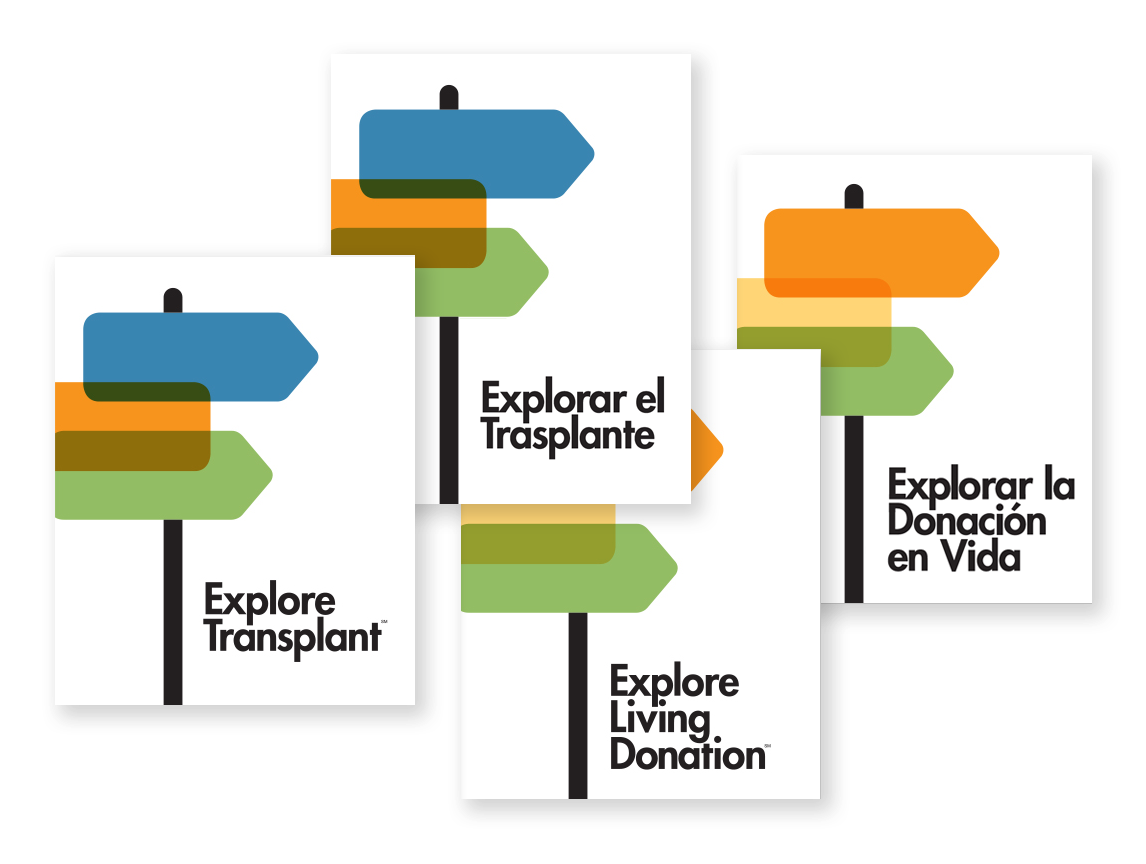By Anne Osuji, Research Associate & Jessica Nunez, Intern
Access to Transplant Education is Unequal
There are more than 700,000 Americans with kidneys that can no longer support the needs of the body to remove waste and excess fluid; they have End-Stage Kidney Disease (ESKD).1 Patients with ESKD must either receive frequent dialysis or receive a kidney transplant from a deceased or living donor in order to stay alive. Because waiting for a kidney from a deceased donor can take years, living donor kidney transplant (LDKT) can help many patients get a kidney sooner and improve their quality of life. Additionally, because outcomes are better and the transplant lasts longer when the kidney comes from a living donor, LDKT is the gold standard treatment for ESKD.
Unfortunately, Black and Hispanic patients are more likely to get kidney failure, but are less likely to receive a transplant from a living donor.2 There are many factors that contribute to this, including social determinants of health,3 lack of access to quality kidney transplant education,4 co-morbidities,7 and lack of eligible living donors from the community due to the higher prevalence of chronic diseases like diabetes and hypertension that disqualify prospective donors.5-7
At dialysis centers, the place where many patients first learn about transplant as a possible treatment option, Black and Hispanic patients are less likely to be educated about or referred for transplant.2,4 To address this gap in transplant education, Explore Transplant @ Home was developed as an educational set of resources that can be used by dialysis centers to supplement their usual process.
An Intervention to Target the Education Gap
In the article, “Direct Delivery of Kidney Transplant Education to Black and Low-Income Patients Receiving Dialysis: A Randomized Controlled Trial,” Dr. Waterman et al. discuss the results of a study that compared the effectiveness of (1) standard-of-care dialysis center education (what patients usually get), (2) Explore Transplant @ Home Patient-Guided, and (3) Explore Transplant @ Home Educator-Guided education. Both types of Explore Transplant @ Home included print, video, and educational text messages. The educator-guided one included 4 telephone coaching sessions with a health educator.
The study included adult, Black and White low-income patients who were 18-74 years old and on dialysis in Missouri. Patients were randomly assigned to receive one of the three types of education. Each patient took a survey before and after the intervention so that changes in their knowledge about transplant, ability to make an informed choice about transplant, attitude toward it, and any small steps taken toward pursuit of transplant, could be assessed.
Patients who received the Explore Transplant @ Home program—either with or without coaching—showed greater knowledge gains than those who received only standard of care; they learned more. They were also more able to make an informed choice about whether to start transplant evaluation or pursue a living or deceased donor transplant.
Why it Matters
Often, transplant education occurs first at the dialysis center, yet dialysis staff have limited time available to provide comprehensive education. The Explore Transplant @ Home Patient-Guided and Educator-Guided interventions are two effective ways that patients can receive supplemental education without significantly increasing the burden on providers. Those who receive the Explore Transplant @ Home education become more knowledgeable about their transplant options and can pursue the treatment that is right for them.
If you would like to read the full journal article, it is available here.
References:
- System USRD. 2019 USRDS annual data report: Epidemiology of kidney disease in the United States. National Institutes of Health, National Institute of Diabetes and Digestive and Kidney Diseases, Bethesda, MD. 2019.
- (MAC) FoENMAC. Kidney Transplant Toolkit. The National Forum of ESRD Networks. 2019.
- Hall EC, James NT, Garonzik Wang JM, et al. Center-level factors and racial disparities in living donor kidney transplantation. Am J Kidney Dis 2012;59(6): 849–857. [PubMed: 22370021]
- Waterman AD, Peipert JD, Hyland SS, McCabe MS, Schenk EA, Liu J. Modifiable patient characteristics and racial disparities in evaluation completion and living donor transplant. Clin J Am Soc Nephrol 2013;8(6): 995–1002. [PubMed: 23520044]
- Alvaro EM, Siegel JT, Turcotte D, Lisha N, Crano WD, Dominick A. Living kidney donation among Hispanics: a qualitative examination of barriers and opportunities. Prog Transplant 2008;18(4): 243–250. [PubMed: 19186576]
- Gordon EJ, Mullee JO, Ramirez DI, et al. Hispanic/Latino concerns about living kidney donation: a focus group study. Prog Transplant 2014;24(2): 152–162. [PubMed: 24919732]
- Wachterman MW, McCarthy EP, Marcantonio ER, Ersek M. Mistrust, Misperceptions, and Miscommunication: A Qualitative Study of Preferences About Kidney Transplantation Among African Americans. Transplantation Proceedings 2015;47(2): 240–246. [PubMed: 25769556]

